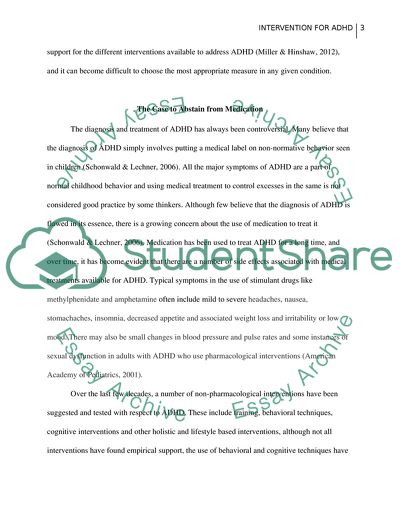Cite this document
(Intervention for Attention Deficit Hyperactivity Disorder Report - 1, n.d.)
Intervention for Attention Deficit Hyperactivity Disorder Report - 1. https://studentshare.org/psychology/1782326-individual-written-assignmnet
Intervention for Attention Deficit Hyperactivity Disorder Report - 1. https://studentshare.org/psychology/1782326-individual-written-assignmnet
(Intervention for Attention Deficit Hyperactivity Disorder Report - 1)
Intervention for Attention Deficit Hyperactivity Disorder Report - 1. https://studentshare.org/psychology/1782326-individual-written-assignmnet.
Intervention for Attention Deficit Hyperactivity Disorder Report - 1. https://studentshare.org/psychology/1782326-individual-written-assignmnet.
“Intervention for Attention Deficit Hyperactivity Disorder Report - 1”. https://studentshare.org/psychology/1782326-individual-written-assignmnet.


